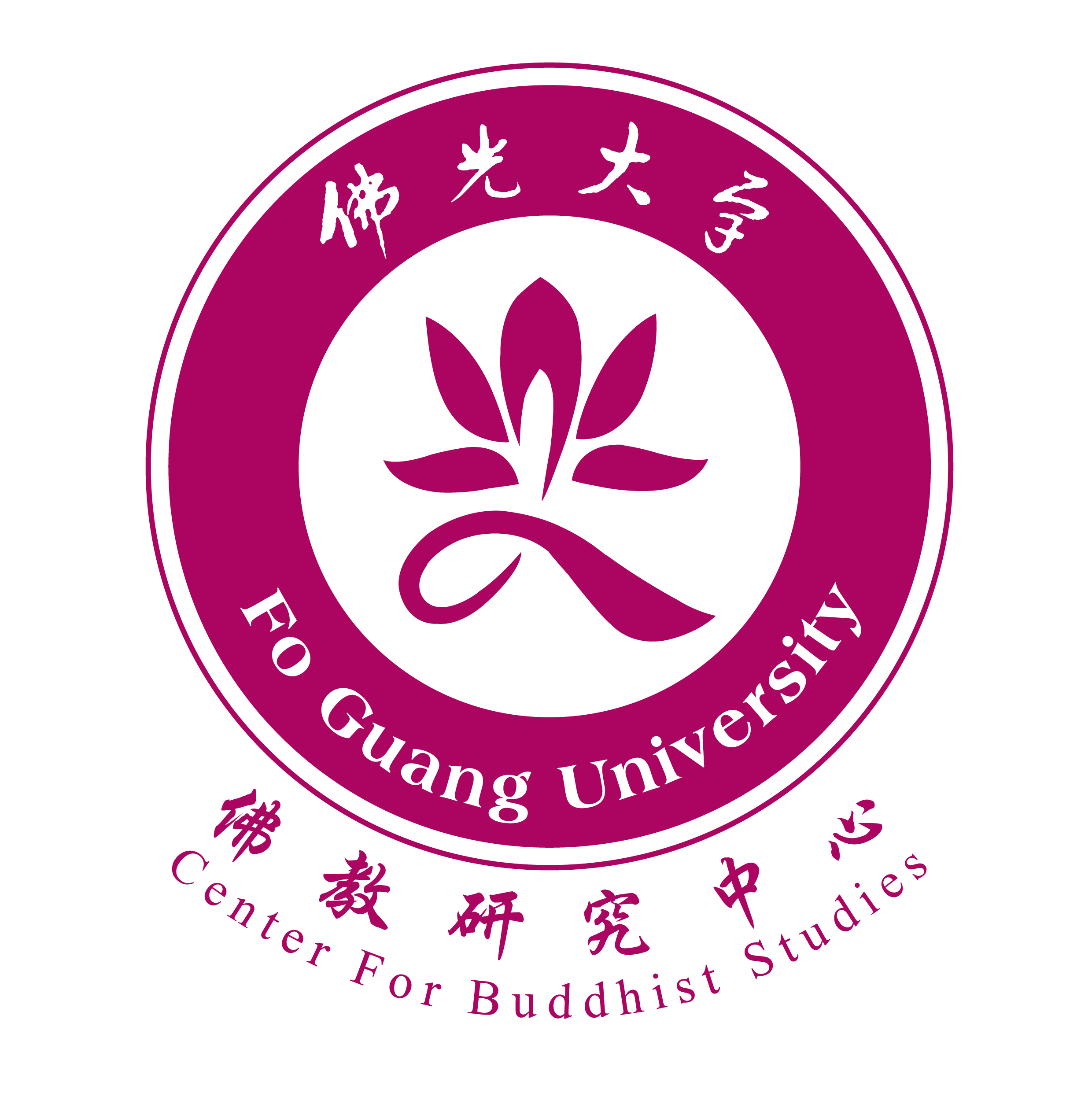Mogao Cave 61 is the main subject of today’s talk. The uniqueness of this cave lies in the wall painting representing a map of Wutai Mountain (五台山) instead of the Buddhist motifs typically found in other caves. Another highlight of this cave is the depiction of Śākyamuni’s life painted on the room's bedrock, which includes captions containing Chinese texts from the 佛本行集經 (Sūtra of Buddha’s Life).
In the presentation, Professor Anderl begins with a visual tour of Cave 61 using a 3D reconstruction from the Digital Dunhuang website and introduces the basic information about this cave. Cave 61 was commissioned by Cao Yuan Zhong (曹元忠), an official of the Dunhuang area, for family use. The donors' figures are painted at the entrance, including Cao Yuan Zhong, his wife, and their family members, mostly female.
The panels depicting Śākyamuni’s life in the cave cover stories from Buddha’s birth to his death. Unlike the common representation of Buddha’s life through the eight junctures (八相成道), much of the content focuses on Buddha’s princely life. It appears that the donors of this cave were particularly interested in Buddha’s life in the palace.
Professor Anderl then presents the texts written in the captions alongside the 佛本行集經, using two examples from panel 13, which describes the selection of Buddha’s stepmother, and panel 28, which describes Sujata’s offering of milk porridge. Comparisons between the Chinese text in the Taisho Canon and the captions show that the authors of the captions deliberately abbreviated the text with shorter key phrases to create a condensed version for storytelling within limited space. This condensation slightly changes the emphasis of the story and alters its understanding in a different way.
This finding leads to a discussion between Professor Hsin-Yi Lin and Professor Anderl regarding whether the authors intended to manipulate the original text and create a new reading material, effectively ending the presentation with many potential research questions.
講師與同學合照。
由佛光大學佛教研究中心林欣儀執行秘書介紹。

